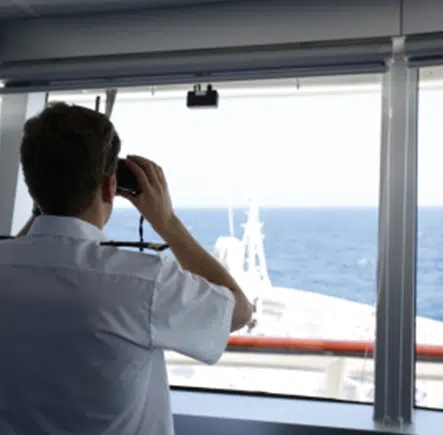Discovering the untamed nature of the Svalbard archipelago
Seasoned travellers, Mr and Mrs Collet have made a wonderful adventure of their life together. An adventure that took them to the farthest reaches of authentic and remote regions. After Greenland, they travelled with PONANT on a cruise to the heart of the icy landscapes of the Svalbard archipelago in Norway. Here they share the most memorable moments from their epic northern adventure in the Spitsbergen region.
A world apart
When the intrepid couple arrived in the Svalbard archipelago at the beginning of July, they were met with shades of white and blue as far as the eye could see. These islands, extending over 62,000 km2 and 60% covered in ice, lie beyond the polar circle yet enjoy a relatively mild climate with temperatures ranging between -16 °C in winter and 12 °C in summer.
It was with the wonders of this archipelago in the Arctic Ocean, halfway between Norway and the North Pole, that the Collets decided to start their latest journey: “A voyage among glaciers and moraines that respected the barren natural wilderness.” Due to the sometimes harsh climate, they were provided with special equipment: a parka to keep warm; gloves; proper boots; a fur-lined hat; and waterproof trousers to keep them dry when disembarking from the Zodiac. With everything ready, the adventure could begin!
First contact with local animals
The two explorers sailed into the vast Hambergbukta fjord, formed by a shrinking glacier. It gave them the chance to see a few ringed and bearded seals basking on the ice floes. “They seemed to be contemplating the passage of time, and their faces reminded us of puppies, making our hearts melt.” A little further into the fjord, walruses were slumped on the sand with their tusks in the air, looking like they were trying to make the most of the sun. The group was surprised by an Arctic fox on the shore. It was difficult to spot. Thanks to its summer coat, it blended into the surrounding Arctic tundra. But then it came even nearer! It was a real stroke of luck for the couple: “This exceptionally sociable little fox let us take photos, like a film star.”
Alone facing the immensity of the landscape
Mother Nature suddenly unleashed her awesome power on our travellers who found themselves face-to-face with the monumental Negribreen glacier. “On our third stop, we discovered the largest glacier in the archipelago and its impressive wall of ice some 20 kilometres wide.” A myriad of small icebergs lie all around it, fragments that had broken off the polar ice caps located further north, forming a genuine ice field.
Glacier collapse
While the couple enjoyed a botanical interlude to observe the few plants scattered across the area in front of the Recherche glacier, the peace and quiet was abruptly shattered by the chaos of ice calving. “Part of the glacier collapsed in a thundering crash. It happened so quickly we didn’t have time to capture the moment.” By breaking off from the glacier terminus like an icefall, the mass generated impressive waves in its wake.
Giants of the sea and royalty
On both land and sea, the fauna of the Svalbard archipelago offered some amazing unguarded moments. The mountain peaks stood out against the vast blue sky above Prins Karls Forland, while whales rose to the surface of the water to take in oxygen. “The naturalists pointed out a blue whale. Current estimates put this rare species at between 500 and 2500 individuals.”
Le plus gros carnassier de la planète
Arrivée au pied du glacier Fuglehuken ; un cétacé mort à proximité de la berge suscite la convoitise des animaux. Parmi eux, le roi de l’Arctique, l’incontournable ours polaire. M. et Mme Collet observent la scène : « Non loin, une maman ours et ses deux oursons se reposent, vraisemblablement repus après un bon repas. » Puis cap au nord en suivant du regard un autre ursidé qui s’élance dans l’eau sous un ciel peuplé de mouettes, goélands, guillemots à miroir et autres fulmars boréaux.
One final glacier and some surprise guests
The last day at sea. Our couple enjoyed a stop in front of the 14th July Glacier, so-called by Prince Albert I of Monaco, an experienced explorer who loved this archipelago. A whole host of birds were on the shore. “We spotted common eiders, Atlantic puffins, two geese with their young, an adorable snow bunting and three reindeer grazing at the foot of the orange lichen-covered cliffs.”




